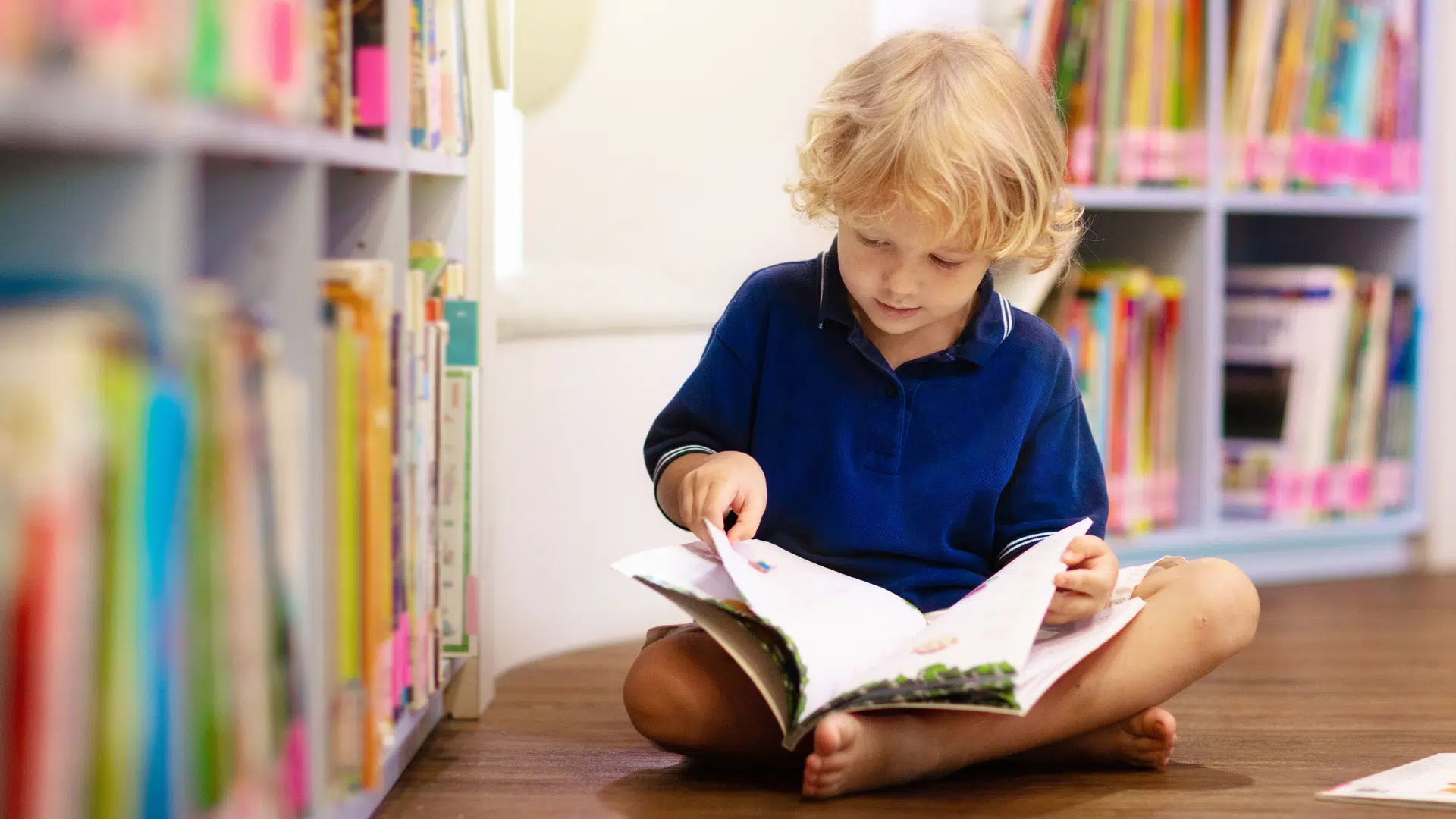If you have a student with unique learning needs or a learning disability, you’ve probably heard of the Individualized Education Plan, better known as the IEP, and the Section 504 plan. Both plans offer accommodations for students from kindergarten through twelfth grade and allow students with learning difficulties to receive help if they qualify.
But as Ajith Varghese of the Georgetown Huntington Learning Center explains, these two things are not exactly the same. “Both the IEP and the 504 plan are intended to help students with disabilities succeed in the classroom, but parents often want to know how exactly,” says Mr. Varghese.
What is an IEP?
An IEP is a written document created for each child who receives any special education and related services from their school. The IEP is covered under Part B of the Individuals with Disabilities Education Act (IDEA).
How does a student receive an IEP? Mr. Varghese shares, “It often starts with a teacher or parent requesting that a child be evaluated for eligibility for special education services.” Once a student is identified as having a disability as defined by IDEA (they have 13 categories of qualifying disabilities), the school’s IEP team meets with the parents to discuss any concerns and needs of the student. At this point, an IEP is written that parents, teachers and others involved in the child’s education each review. The document identifies any accommodations, modifications, and supports that must be provided to the student.
What is a 504 plan?
Section 504 of the Rehabilitation Act of 1973 protects qualified individuals from discrimination based on their disabilities. “The 504 plan is developed by schools to ensure students with disabilities are given equal opportunity to succeed,” says Mr. Varghese. If a student’s disability is substantially limiting their ability to fully participate in academic and non-academic activities, the school must provide accommodations. Those might include shortened assignments, allowing frequent breaks, extra time on tests, or a quiet room to take quizzes/exams.
What’s the difference between an IEP and a 504 plan?
There are several similarities and distinctions between the IEP and the 504 plan:
- IEPs include information about a student’s level of performance and learning goals as well as their progress throughout the year. 504 plans do not.
- Because IEPs include academic goals, benchmarks, measurements and more, they tend to be more thorough than 504 plans. 504 plans often involve fewer people from the school to create.
- IEPs are created for students who need specialized instruction to learn effectively in a typical classroom curriculum. There are 13 disabilities categories defined by IDEA that qualify a child for an IEP (if their education is impacted):
- Specific learning disability (includes dyslexia, dyscalculia, dysgraphia, etc.)
- Autism Spectrum Disorder
- Emotional disturbance (includes anxiety disorder, schizophrenia, bipolar disorder, depression, obsessive-compulsive disorder and others)
- Speech or language impairment
- Visual impairment
- Deafness
- Hearing impairment
- Deaf-blindness
- Orthopedic impairment
- Intellectual disability (such as Down syndrome)
- Traumatic brain injury
- Multiple disabilities
- Other (includes ADHD, asthma, diabetes, Tourette’s syndrome, and others)
- 504 plans are often created for students who are capable of learning and succeeding in the classroom alongside their “typical” peers if provided the right accommodations. So, students who have a disability as defined by IDEA might receive a 504 plan instead of an IEP if that better suits their needs. An example of this is a student with ADHD who simply needs additional time to complete assignments and tests and a quiet room for test taking.
If your child is struggling in school and you know it is at least in part due to their struggles with a learning disability or other learning issue, your first step should be to explore your student’s eligibility for either a 504 plan or an IEP.
“Huntington can help too,” Mr. Varghese says. “Our tutoring programs are comprehensive and see great results. We help students gain critical skills they will use in school and the rest of their lives, such as time management, organization, focus and more.”
Call Huntington of Georgetown to discuss your child’s needs and discover how we can help!
About Huntington Learning Center of Georgetown
(512) 886 0101 (call for more information)
https://huntingtonhelps.com/center/georgetown-tx
Huntington Learning Center of Georgetown is locally owned and operated, providing services to the Georgetown community. Their specially trained tutors provide individualized instruction in Reading, Phonics, Writing, Study Skills, Elementary, Middle and High school math, and other sciences. They help prepare for the SAT and ACT, as well as state and standardized exams. Huntington programs develop the skills, confidence, and motivation to help students succeed. Founded in 1977, Huntington’s mission is to give every student the best education possible.




 Business Directory
Business Directory Add Your Business
Add Your Business Job Board
Job Board Guides and Features
Guides and Features Tech Tip Tuesday with Computek
Tech Tip Tuesday with Computek Education Spotlight with Huntington Learning Center
Education Spotlight with Huntington Learning Center A+ Roofing Tips from APEX Roofing
A+ Roofing Tips from APEX Roofing Restaurants in Georgetown, TX
Restaurants in Georgetown, TX Dog Friendly Establishments in Georgetown, TX
Dog Friendly Establishments in Georgetown, TX Adopt a Pet in Georgetown, Texas
Adopt a Pet in Georgetown, Texas Holiday Guides
Holiday Guides Festival and Events in Georgetown, TX
Festival and Events in Georgetown, TX Downtown Georgetown Guide
Downtown Georgetown Guide Local Assistance
Local Assistance Churches in Georgetown, TX
Churches in Georgetown, TX Summer Camps in Georgetown, TX
Summer Camps in Georgetown, TX Swimming in Georgetown, TX
Swimming in Georgetown, TX Coming Soon
Coming Soon Events
Events Add Your Event
Add Your Event Live Music in Georgetown
Live Music in Georgetown Southwestern University Athletics
Southwestern University Athletics Newsletter
Newsletter Newsletter Archive
Newsletter Archive Subscribe
Subscribe Submit Your Photo
Submit Your Photo 2024 Georgetown's Best Awards
2024 Georgetown's Best Awards








Comments